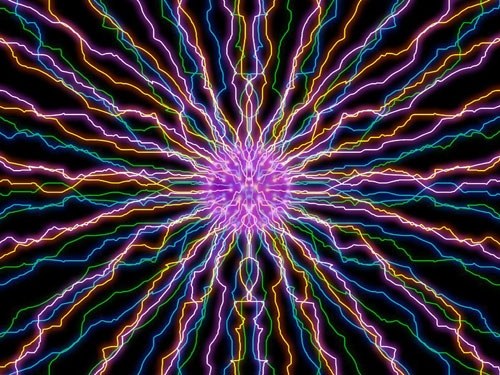The electronic structure of inert gases
All noble gases have a complete, stable configuration of the outer electron level: helium is a doublet, the other gases the octet. Each of them completes the corresponding period in the periodic table.
Inert gases in nature
All the inert gases, except radioactive radon, can be found in the composition of atmospheric air. Helium is the most abundant element in space after hydrogen. The sun on 10% of the noble gas formed from hydrogen by nuclear fusion reactions with the release of positrons and antineutrinos.
Physical properties of noble gases
Inert gases of monatomic molecules is presented. Under normal conditions, helium, neon, argon, krypton and xenon are gases without color and odorless, poorly soluble in water. The more of them the atomic number, the higher the boiling point and melting point.
Helium has unique properties: it remains liquid even at very low temperatures, down to absolute zero, without undergoing crystallization. To crystallize helium is possible only under a pressure of 25 atmospheres. In addition, this gas has the lowest boiling point of all substances.
Chemical properties of noble gases
For a long time it was believed that noble gases do not form compounds. However, experimentally under special conditions was obtained fluorides and oxides of xenon, the existence of which was predicted by a theorist by Linus Pauling.
Used as inert gases
Due to its outstanding physico-chemical properties of the inert gases are widely used in science and technology. So, with the help of liquid helium to get extremely low temperature, and the mixture of helium and oxygen in a ratio of 4:1 is used as an artificial atmosphere for breathing of divers.
Since helium is the lightest gas after hydrogen, they are often filled with airships, probes and balloons. Its lifting force equal to 93% of the lifting power of hydrogen.
Neon, argon, krypton and xenon are used in light engineering – manufacturing gas discharge tubes. By passing an electric current through tubes filled with neon or argon gas begins to glow, and the color of this radiation depends on the gas pressure.
Argon is the cheapest of the noble gases is used to create an inert atmosphere when carrying out chemical reactions, the products of which interact with oxygen.
